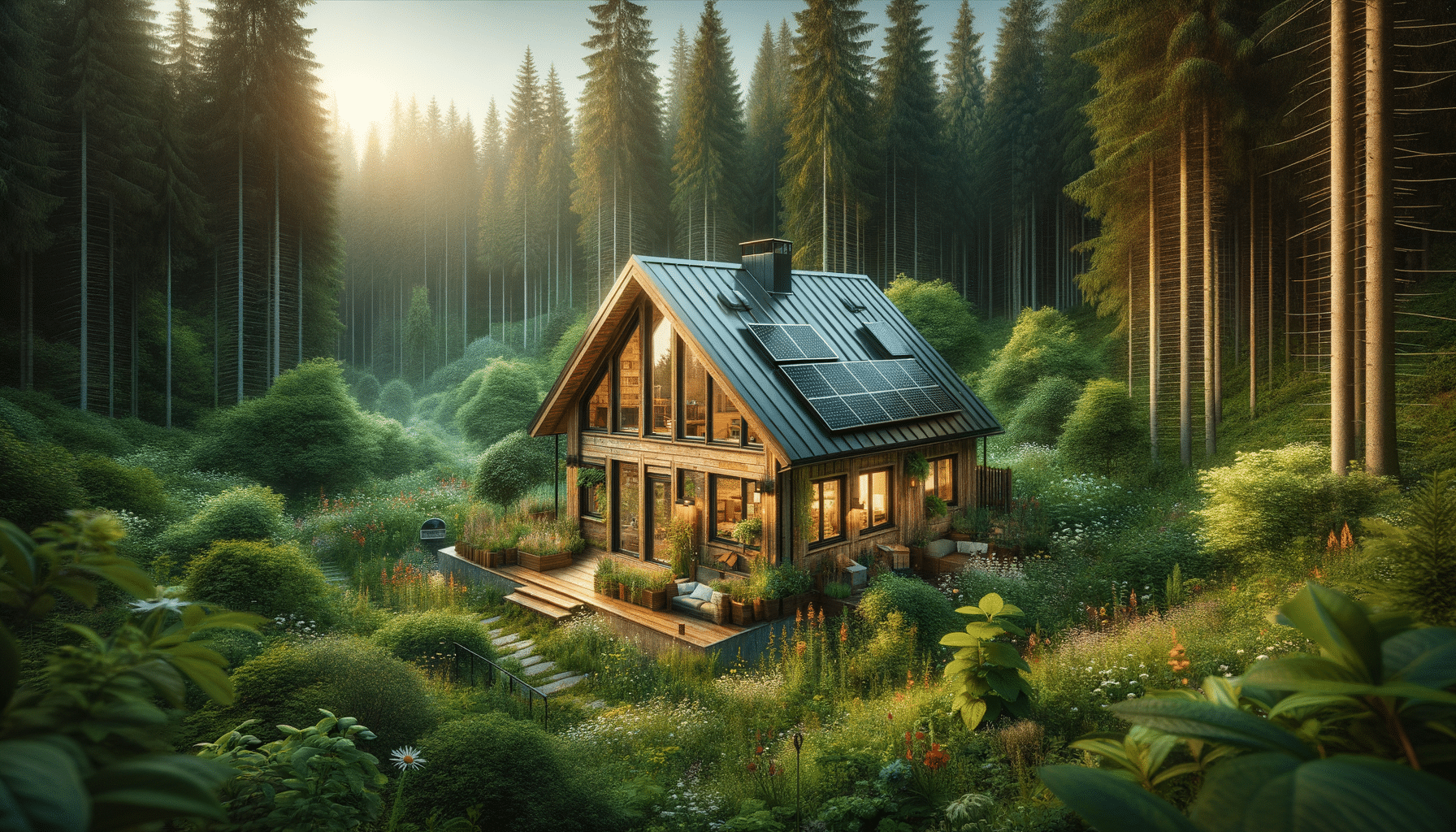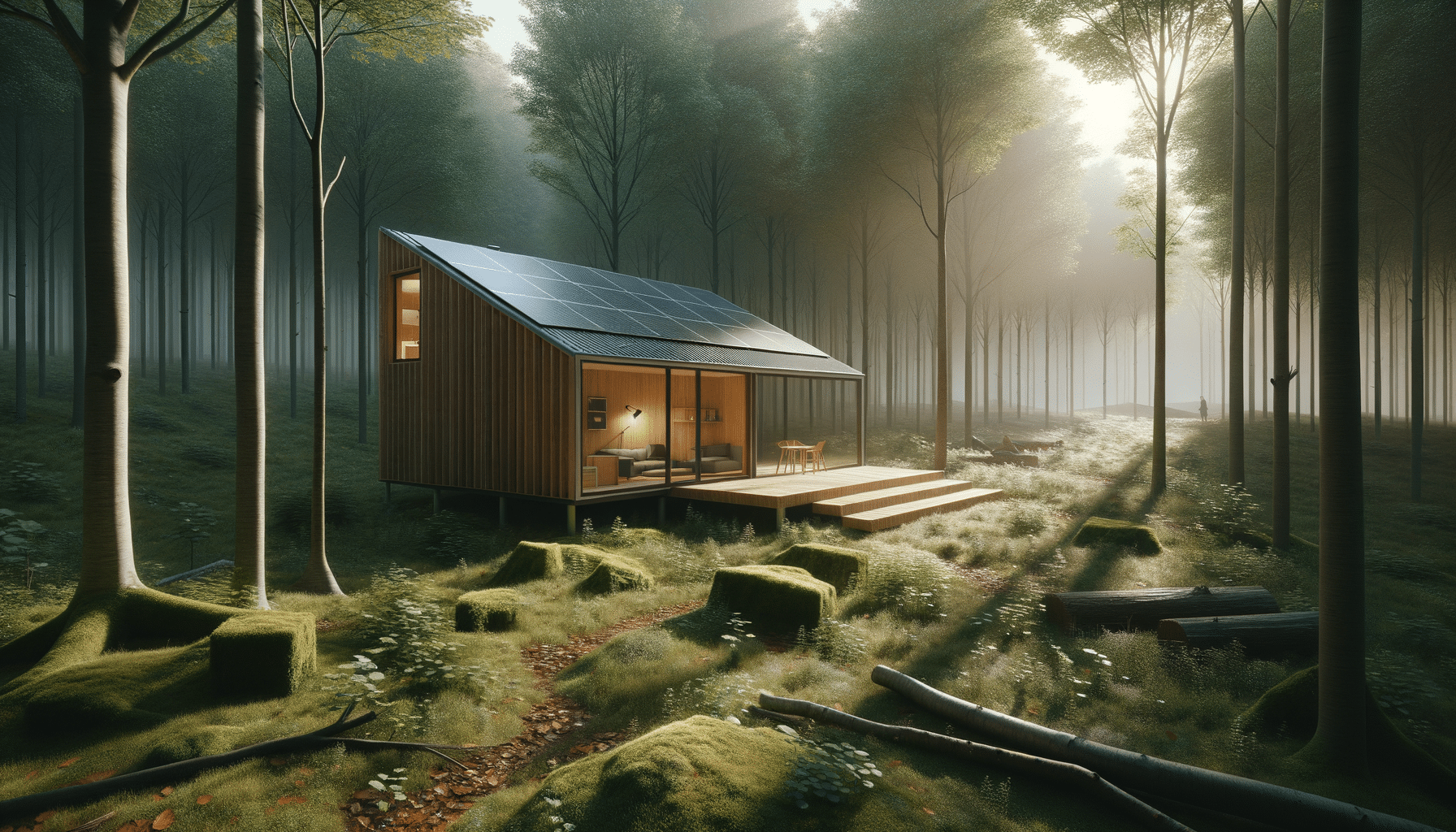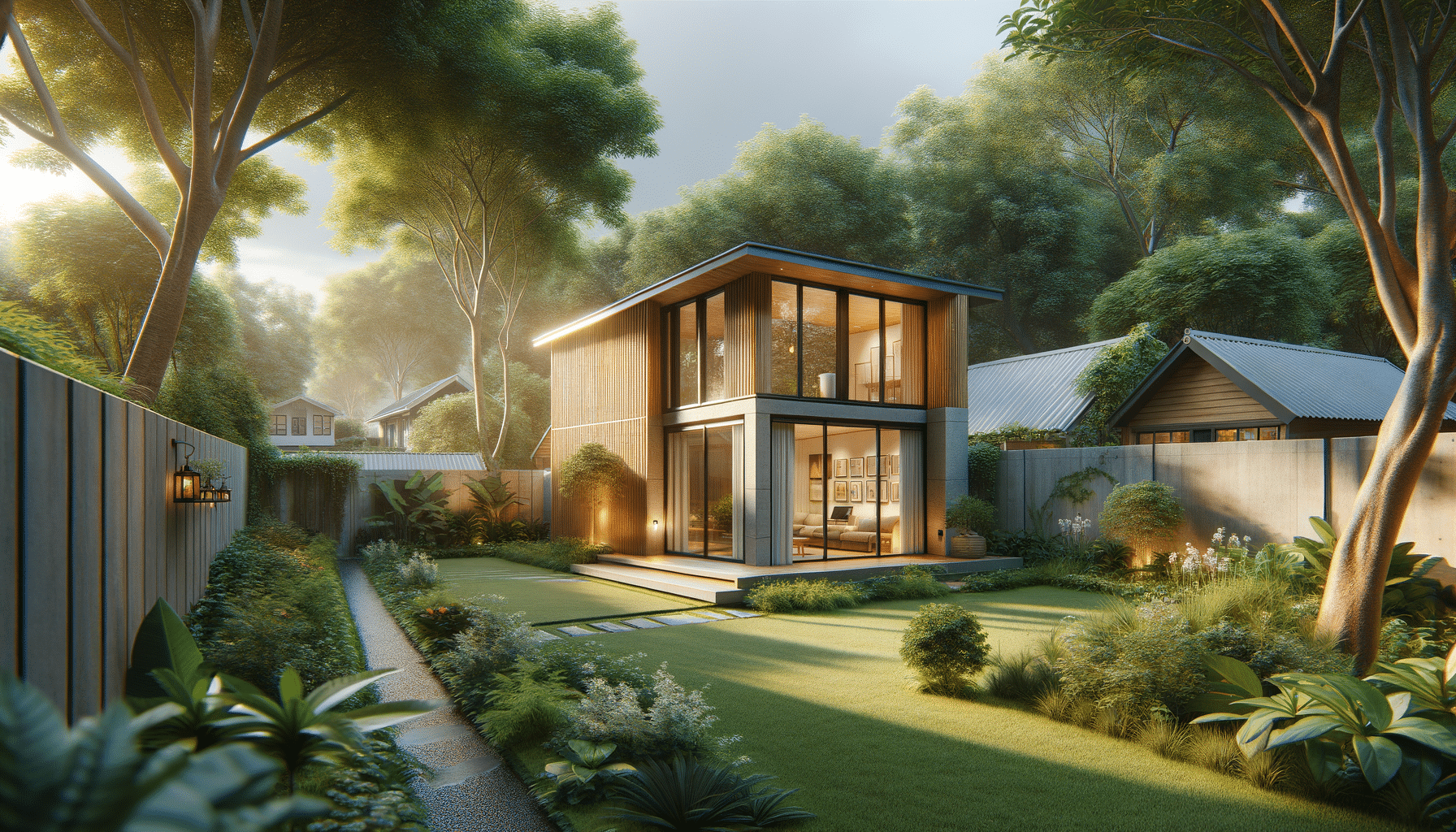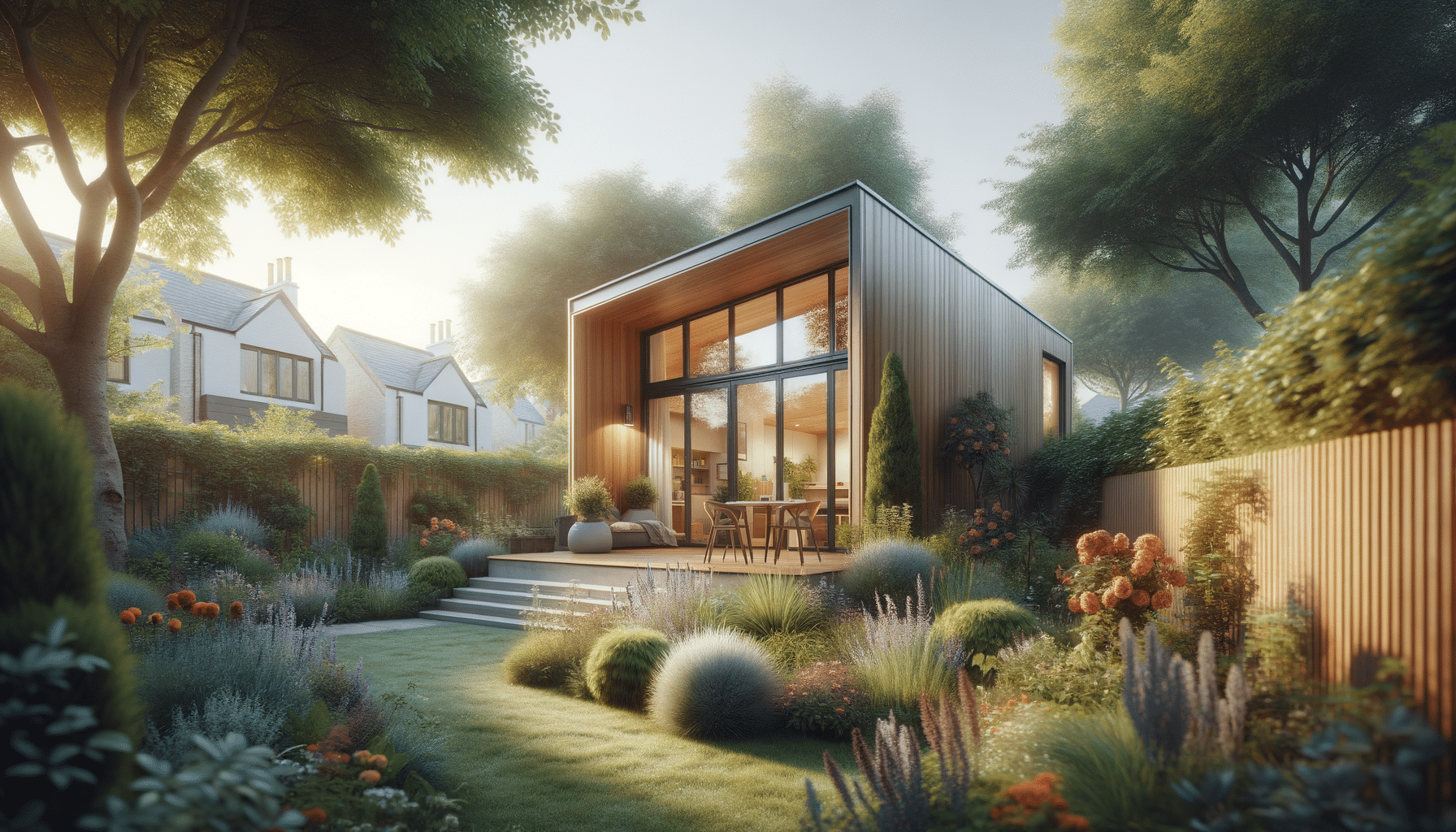
Why More People Are Choosing Tiny Houses
The Rise of Tiny Houses
The tiny house movement has gained significant momentum in recent years, driven by a desire for simplicity and sustainability. As urban areas become more crowded and housing prices soar, many individuals are turning to tiny houses as a viable alternative. These compact dwellings, typically ranging from 100 to 400 square feet, offer a lifestyle that emphasizes quality over quantity. With smart design and efficient use of space, tiny houses provide a comfortable living environment without the burden of excessive material possessions.
One of the primary reasons for the growing popularity of tiny houses is their affordability. Traditional homes often come with hefty price tags, making homeownership a distant dream for many. In contrast, tiny houses can be built for a fraction of the cost, allowing more people to invest in property without incurring large debts. Additionally, the reduced space translates to lower utility bills and maintenance costs, making tiny houses an economically sound choice.
Moreover, the environmental benefits of tiny houses cannot be overlooked. With a smaller footprint, these homes consume fewer resources and generate less waste. Many tiny house enthusiasts opt for sustainable materials and energy-efficient systems, further reducing their ecological impact. This alignment with eco-friendly practices appeals to those seeking a greener lifestyle, contributing to the movement’s growing appeal.
Design and Functionality
Tiny houses are a testament to the power of innovative design. Despite their limited space, these homes offer a surprising level of comfort and functionality. Every square foot is meticulously planned to maximize utility, often incorporating multi-functional furniture and clever storage solutions. For instance, a staircase might double as a set of drawers, or a bed could fold into the wall to create additional living space during the day.
Customization is a key feature of tiny houses. Owners often have the freedom to design their homes according to their specific needs and preferences. This personalization ensures that each tiny house is unique, reflecting the personality and lifestyle of its inhabitants. Whether it’s a minimalist aesthetic or a rustic charm, the design possibilities are endless.
The use of natural light is another critical aspect of tiny house design. Large windows and skylights are commonly employed to create a sense of openness and to bring the outdoors inside. This connection to nature enhances the living experience, providing a serene and tranquil environment despite the home’s small footprint.
Lifestyle and Community
Living in a tiny house is more than just a housing choice; it’s a lifestyle. This way of living encourages individuals to prioritize experiences over possessions, fostering a sense of freedom and flexibility. With less space to fill, occupants often focus on acquiring meaningful items and engaging in activities that enrich their lives.
Tiny house communities are emerging across the globe, offering a supportive network for individuals embracing this lifestyle. These communities provide shared spaces, such as gardens and workshops, fostering a sense of camaraderie and collaboration. Residents often share resources and knowledge, creating a sustainable and inclusive environment.
The social aspect of tiny house living is further enhanced by the mobility these homes offer. Many tiny houses are built on wheels, allowing owners to relocate with ease. This flexibility is particularly appealing to those who wish to explore different regions without sacrificing the comfort of home. Whether traveling across the country or settling in a picturesque rural area, tiny house living offers endless possibilities.
Challenges and Considerations
While the benefits of tiny houses are numerous, there are also challenges to consider. One of the primary obstacles is zoning regulations, which can vary significantly from one location to another. Some areas have restrictions on the minimum size of dwellings, making it difficult for tiny house owners to find suitable land for their homes. It’s essential for prospective buyers to research local laws and regulations before embarking on their tiny house journey.
Another consideration is the limited space, which may not be suitable for everyone. Families with children or individuals with specific needs might find the constraints challenging. However, with thoughtful planning and creative solutions, many of these hurdles can be overcome. For instance, expanding outdoor living areas or incorporating loft spaces can provide additional room for families.
Furthermore, the initial investment in a tiny house, while generally lower than traditional homes, still requires careful financial planning. Prospective owners should consider factors such as land purchase, utilities, and potential customization costs. Consulting with financial advisors and tiny house experts can provide valuable insights and help avoid unforeseen expenses.
The Future of Tiny Houses
The future of tiny houses looks promising as more people seek sustainable and affordable housing solutions. As urbanization continues to rise, tiny houses offer a practical alternative that addresses both economic and environmental concerns. With advancements in technology and design, these homes are becoming increasingly sophisticated, providing a high quality of life in a compact space.
Governments and municipalities are beginning to recognize the potential of tiny houses in addressing housing shortages. Some regions are adapting their zoning laws to accommodate these dwellings, paving the way for broader acceptance and integration into mainstream housing markets. This shift could lead to innovative urban planning strategies that incorporate tiny houses into larger community developments.
As the movement grows, so does the diversity of tiny house designs. Architects and builders are continuously pushing the boundaries, creating homes that challenge traditional notions of space and functionality. This creativity ensures that tiny houses will remain a dynamic and evolving aspect of the housing landscape, appealing to a wide range of people seeking a simpler, more sustainable way of living.


